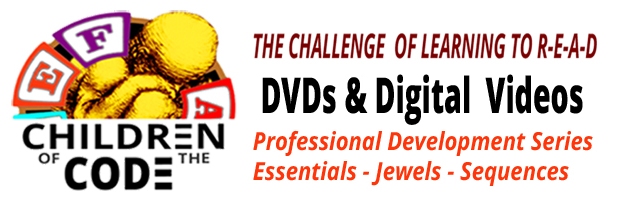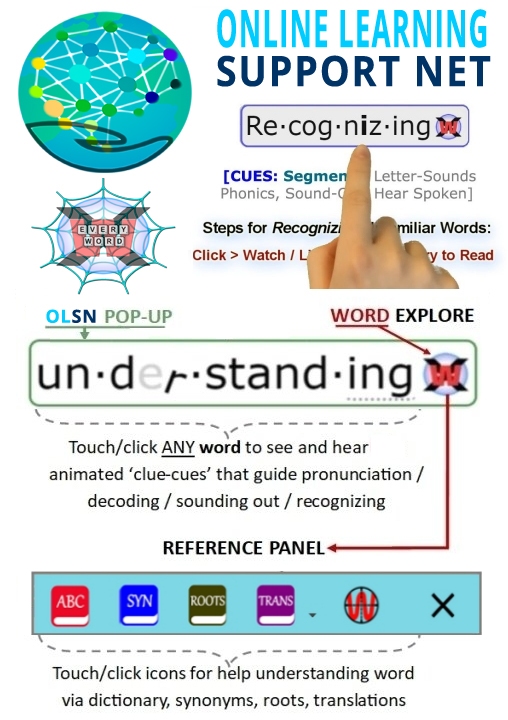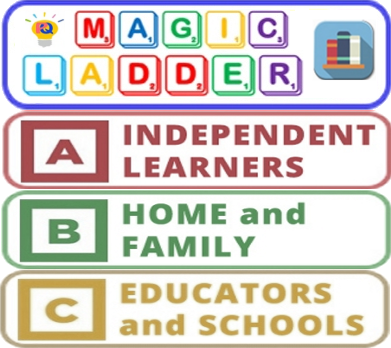Primary Oral Language
Note: Remember to click on any word on this page to experience the next evolutionary step in technology supported reading.
We Don't Have Enough Research to Inform Best Practice
As a connected issue here that we haven’t discussed and that’s the challenges for reading literacy for children who are learning to read in English, but for whom English is not their native language or the language of their homes. We don’t have nearly enough research that would inform best practice in terms of how to go about dealing with the issues these children face. And because the Hispanic/Latino portion of the population in America is growing so dramatically, this is a very important practical issue to address.
Grover (Russ) Whitehurst, Ex-Director (2002-08), Institute of Education Sciences, U.S. Department of Education. Source: COTC Interview: http://www.childrenofthecode.org/interviews/whitehurst.htm#ESL
Primary Oral Language Proficiency
Dr. Paula Tallal: If English is not their primary language, but it is the language they’re going to be asked to learn to read in, that creates a whole other layer in which we’re going to want to strengthen the oral language skills both at the phonological level, as well as at the grammatical and comprehension level in order to give a good solid base to learn to read and that’s a whole other issue.
David Boulton: Yes, it sure is. Without sufficient oral language proficiency in English teaching people to read it is a real challenge.
Dr. Paula Tallal: Yes, but you know we have public schools that are not in the business of teaching people how to talk. They’re in the business of teaching people how to read. One of our great social challenges is that there are many more children who are coming to school who really do need a direct approach to improving their oral language abilities and their communication abilities in order for them to become proficient readers. And we just don’t have that in most cases. We go right into reading. We do not sufficiently consider that many children have oral language weaknesses, because either the language they’re learning at school is not their native language or because they’re one of these many children who, for unknown reasons or for many different reasons, are just weak at oral language skills. Children with oral language weaknesses havebrains that are set up in such a way that is not as effective in the oral language domain. Those children are going to need more explicit help. Unfortunately they’re generally not getting it. They get to school and the first time anyone notices there is a problem is generally when they start to struggle with reading and therefore everyone just immediately assumes the problem is reading and they go right into reading remediation.
Paula Tallal. Board of Governor’s Chair of Neuroscience and Co-Director of the Center for Molecular and Behavioral Neuroscience at Rutgers University. Source: COTC Interview – http://www.childrenofthecode.org/interviews/tallal.htm#ESL
Primary Oral Language
Now, in the context of failure, when kids fail in a symbolic system there are a lot of explanations, a lot of pieces we have to unpack. But that failure sets the stage for a fundamental ambiguity in terms of what is the primary cause for that failure. So, kids aren’t able to read. Kids come from Waimanalo, kids come from Kalihi. They come with their own language, and they come with their Pidgin, they come with their own variation of the Creole, and they say, you know, “Bombadda buggah goin o’erther.” What they are coming with is the language they know. It’s the only language they know. And for most of these kids that come to school, that language is sacred. They don’t know that their language is not represented in the print that they’re going to see in school.
Think about Hawaiian kids coming to school, they have this Pidgin, they start looking at the print, and yet the words they own, that they learned from their fathers, their mothers, their uncles, their aunts, their brothers and sisters, are not represented in the English print. So, right away you have a discrepancy between the languages they speak every day out in the neighborhood with their families that are simply not represented in the print that’s there. Right away you have a discrepancy here.
So, how do we understand that discrepancy? Is the problem the failure with the child? Not at all. The child knows that. The child knows that language. What it suggests is the system, then, has to appreciate that discrepancy, has to make an accommodation, has to make an adjustment. Well, with respect to the child’s language and that child’s inability to map his or her language, namely the Pidgin that he or she speaks every day, to the English and the alphabetic writing system. So, schools have to appreciate that.
Edward Kame’enui, Past-Commissioner for Special Education Research where he lead the National Center for Special Education Research
under the Institute of Education Sciences. COTC Interview – http://www.childrenofthecode.org/interviews/kameenui.htm#PrimaryOralLanguage













